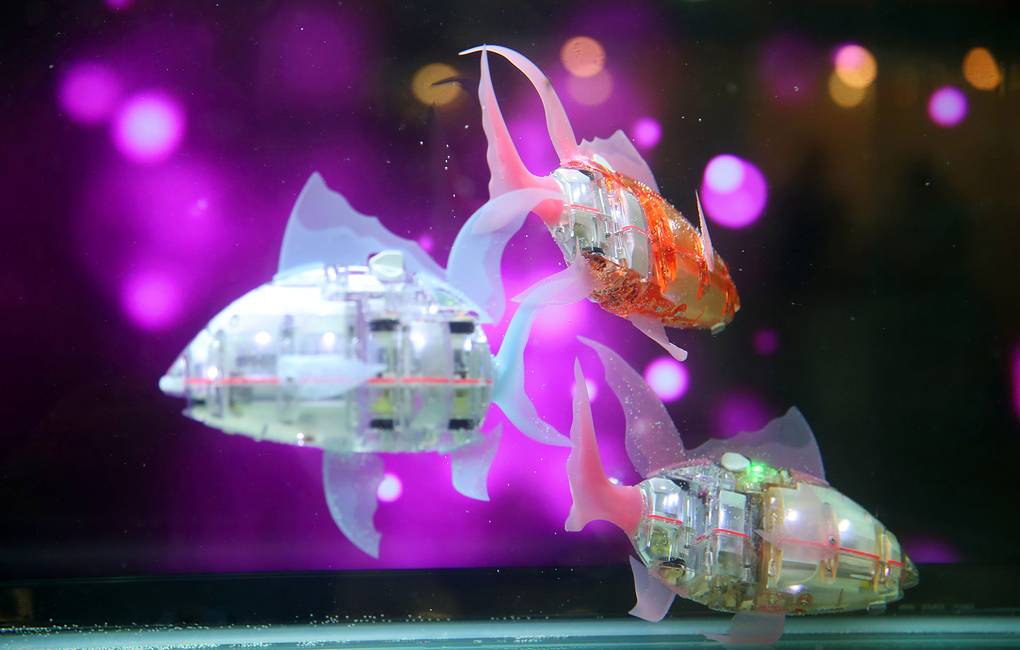
The report says that the scientists considered the main mechanics that fish, salamanders and turtles use for movement in water, and the most effective ways of using these mechanisms by biomorphic robots.
| “Conclusively, we formulated the main stages for further development of next-generation biomorphic swimming robots,” the university emphasized. |
The paper notes that since the 1990s, researchers have developed many mechanics for robots to reproduce the motions of aquatic organisms, but these models have not been sufficient to cover the full range of motions observed in nature.
| “Based on modern computational technologies, artificial intelligence, big data processing, smart materials and electronics, floating robots are able to not only mimic simple locomotion, but also exhibit adaptive motor behavior and decision making — and this is important in the current context of the development of unmanned technologies,” the report said. |
User profile for student
User profile for student
I give consent to the processing of the personal data provided, with Personal Data Processing Policy acquainted
Confirm consent